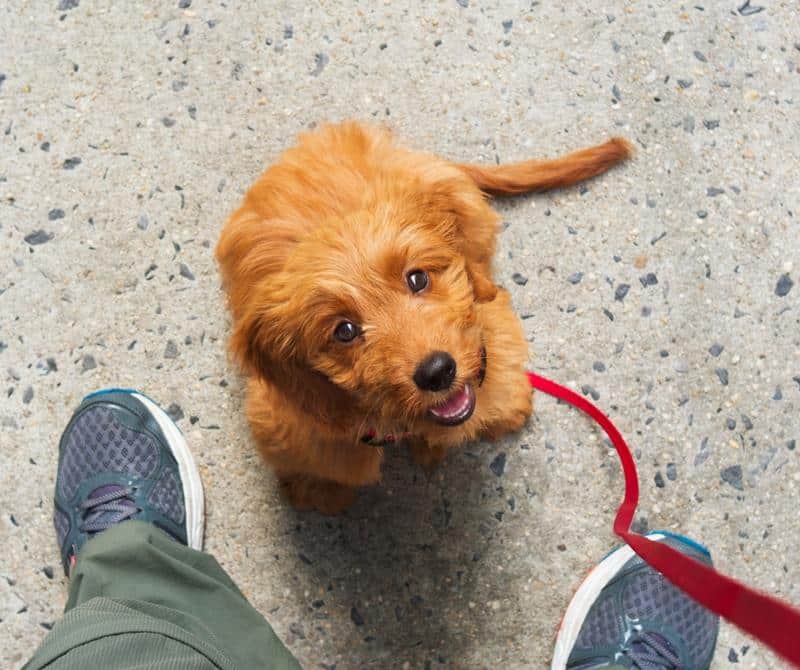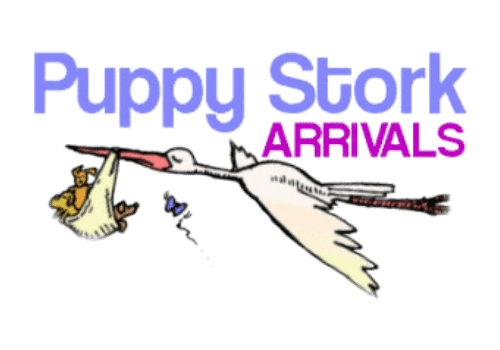
Teaching your puppy not to jump on people is an essential part of their training, fostering good manners and ensuring they can be safely and pleasantly around friends, family, and strangers. This behavior, while often a sign of excitement and affection, can be problematic, especially as your puppy grows into a full-sized dog. The following steps are designed to help you effectively teach your puppy not to jump on people, creating a respectful and well-behaved companion.
Understand Why Puppies Jump
Puppies jump to get attention and express their excitement or affection. Understanding this is crucial to addressing the behavior positively without dampening their spirit.
Step 1: Ignore the Jumping
When your puppy jumps up, the first step is to withdraw your attention completely.
- Do Not Make Eye Contact: Avoid looking at your puppy or speaking to them when they jump.
- Turn Away: If necessary, turn your back to further convey the message that jumping does not get your attention.
- Stay Calm: Keep your reactions minimal. Excessive verbal or physical responses can be interpreted as attention, encouraging the behavior.
Step 2: Reward Four-on-the-Floor
Teach your puppy that keeping all four paws on the ground is the best way to receive your attention and affection.
- Immediate Reward: As soon as your puppy is sitting or standing with all four paws on the floor, reward them with attention, praise, or treats.
- Consistent Reinforcement: Ensure that all family members and visitors follow this rule for consistency.
Step 3: Use Sit as a Greeting
Train your puppy to sit as their default way to greet people.
- Sit Before Greeting: Before allowing your puppy to greet someone, ask them to sit. Once sitting, they can receive pets and attention.
- Practice with Visitors: Have friends and family practice this exercise with your puppy to reinforce the behavior with different people.
Step 4: Redirect the Excitement
Provide alternative ways for your puppy to channel their excitement and energy.
- Toys: Offer a toy to carry in their mouth when greeting people. This can help reduce the impulse to jump.
- Exercise: Ensure your puppy gets plenty of exercises to help them burn off excess energy that might lead to jumping.
Step 5: Manage and Prevent
In situations where jumping might occur, manage the environment to prevent the behavior.
- Leash: Keep your puppy on a leash when expecting visitors or in situations where they’re likely to jump. This allows you to gently guide them to a sit or away from the person.
- Crate or Separate Room: In high-energy situations, consider having your puppy in a crate or separate room until they’re calm enough to greet properly.
Step 6: Consistency is Key
Everyone your puppy interacts with should reinforce the no-jumping rule. Consistency across all people and situations is essential for teaching your puppy effectively.
- Inform Visitors: Brief guests about how to react if your puppy jumps and how to reward them for keeping all four paws on the ground.
Step 7: Be Patient and Positive
Like any behavioral training, teaching your puppy not to jump takes time, patience, and positive reinforcement.
- Positive Reinforcement: Always use positive methods to teach your puppy. Avoid scolding or physical corrections, as these can lead to fear and confusion.
- Patience: Understand that learning takes time. Celebrate progress, even if it’s gradual.
Teaching your puppy not to jump on people is a vital part of their socialization and training, ensuring they can interact safely and pleasantly with everyone they meet. By ignoring the jumping, rewarding calm behavior, teaching an alternative greeting, redirecting their excitement, managing the environment, maintaining consistency, and staying patient and positive, you can help your puppy learn this important behavior.
Remember, every puppy learns at their own pace, so celebrate the small victories along the way.
